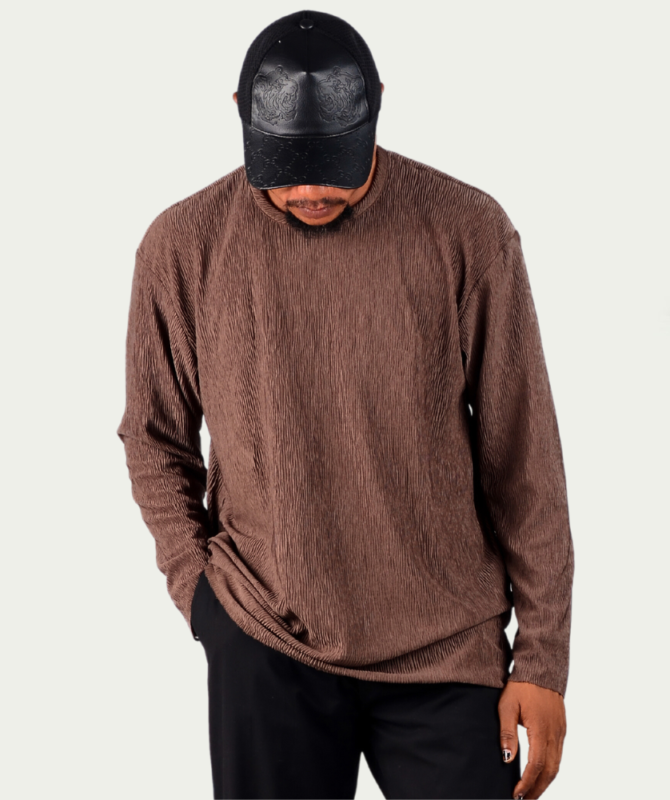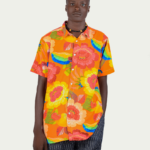Traditionally, crepe fabric was worn by women at times of mourning in many western cultures. This practice has largely gone of fashion. In the west, crepe gained popularity outside of mourning attire during the 19th century.
Crepe fabric has no clear origin in the history of human civilization. Since the concept behind is so simple, many cultures have adopted forms of this fabric at one stage of development or another.
In the 21st century, the word “crepe” is so disambiguated that it can refer to any number of different types of textured fabric. You could even go so far as to say that crepe fabric has lost its original meaning, and that’s fine. Our modern definition of crepe is more fitting, and it supports the use of organic, safe textile products whenever possible.
Crepe fabrics may be stretchy, requiring care to cut and sew accurately. Its distinctive surface may be achieved by taking advantage of yarn twist, by arranging a suitable weave structure.
Today, crepe is most commonly used in high fashion, other types of decorative apparel design and IKREST is taking this unique fabric to a whole new level with its design and style. IKREST Lush Crepe has a unique light, textured profile that makes it highly useful in flowing, airy garments.



